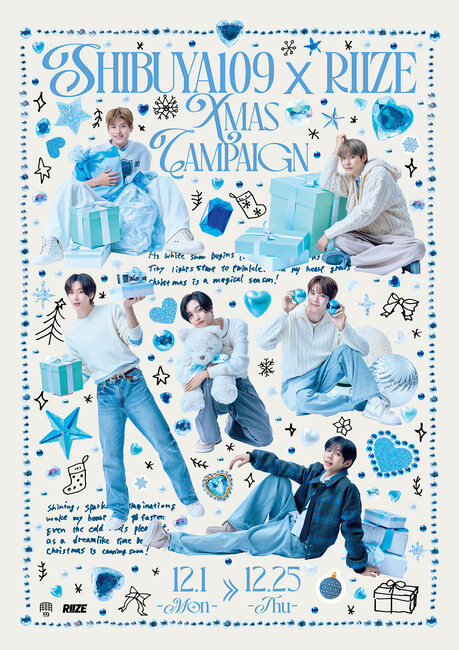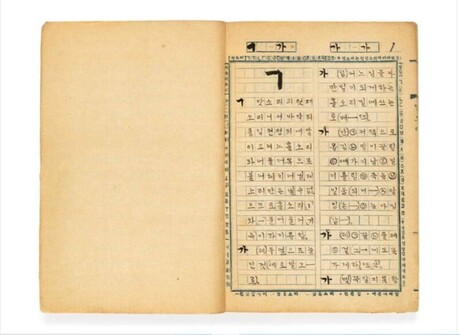The Museum of Modern Art (MoMA) in New York has opened the doors to "Ruth Asawa: A Retrospective," marking the first posthumous comprehensive exhibition of the groundbreaking artist's work. After a successful five-month run at the San Francisco Museum of Modern Art (SFMoMA), this landmark exhibition has finally arrived on the East Coast, bringing together nearly 400 objects that span the entirety of Asawa's remarkable six-decade career.
The exhibition represents various points, moods, and sources of inspiration throughout Asawa's artistic journey, showcasing the incredible diversity of her creative output. "What's exceptional about Asawa's practice is the multiplicity of her artistic pursuits and the marvelous ability to turn the simplest things into subjects of lifelong creative contemplation," said Cara Manes, associate curator in MoMA's department of painting and sculpture. The exhibition aims to offer multiple points of entry into her work, reflecting what Asawa herself described as "the total act of artmaking."
The retrospective begins with Asawa's early experiments with wire, the material that would become synonymous with her artistic legacy. She first gravitated toward wire while enrolled at Black Mountain College near Asheville, North Carolina, after World War II. It was there that Asawa developed her signature technique for looping wire, a method that would eventually come to define her groundbreaking practice and establish her as a unique voice in contemporary art.
Among the featured works, "Untitled (S.535, Hanging Five-Lobed Continuous Form)" from 1951 serves as a precursor to the abstract, sinuous forms for which the artist is best known. Many of these sculptures resemble continuous drops of water, showcasing Asawa's fascination with fluid, organic shapes. Her looped-wire sculptures reveal a deep preoccupation with organic and naturalistic motifs, often appearing reminiscent of molecules, feathers, twigs, and flowers when not suggesting liquid forms.
One particularly striking example is "Untitled (S.390, Hanging Tied-Wire)," in which Asawa reimagines a tree by creating a tangled cluster of branches with copper wire. She then doubles this image, replicating and mirroring the tree beneath itself, as if hinting at an underground root network. This piece exemplifies her ability to transform simple materials into complex, thought-provoking artistic statements that blur the lines between natural observation and abstract expression.
The exhibition extends far beyond Asawa's famous wire sculptures, encompassing a truly multidisciplinary approach that includes drawing, printmaking, paper folds, commercial designs, bronze casts, and other works on paper. This comprehensive presentation reveals the full scope of Asawa's artistic production, demonstrating her versatility and constant experimentation across different media and techniques throughout her career.
What makes this retrospective particularly significant is its historic scale and scope. According to The Art Newspaper, "Ruth Asawa: A Retrospective" stands as the largest show ever devoted to a woman artist at either MoMA or SFMoMA, at least when judging based on exhibition checklists. SFMoMA's illustrated checklist spans 81 pages, while MoMA's extends to 94 pages, reflecting the comprehensive nature of the presentation.
Both museums have dedicated an impressive amount of gallery space to the exhibition, with each venue allocating at least 15,000 square feet to properly display Asawa's extensive body of work. "We knew that it was going to be a very rich, full presentation that looked at all aspects of her artistic production," Janet Bishop, SFMoMA's chief curator, told The Art Newspaper, "but I didn't think about the sheer numbers."
"Ruth Asawa: A Retrospective" is now on view at MoMA and will continue through February 7, 2026, giving art enthusiasts and scholars an unprecedented opportunity to experience the full breadth of this influential artist's contributions to contemporary art. The exhibition serves not only as a celebration of Asawa's innovative techniques and artistic vision but also as recognition of her significant place in art history.






























